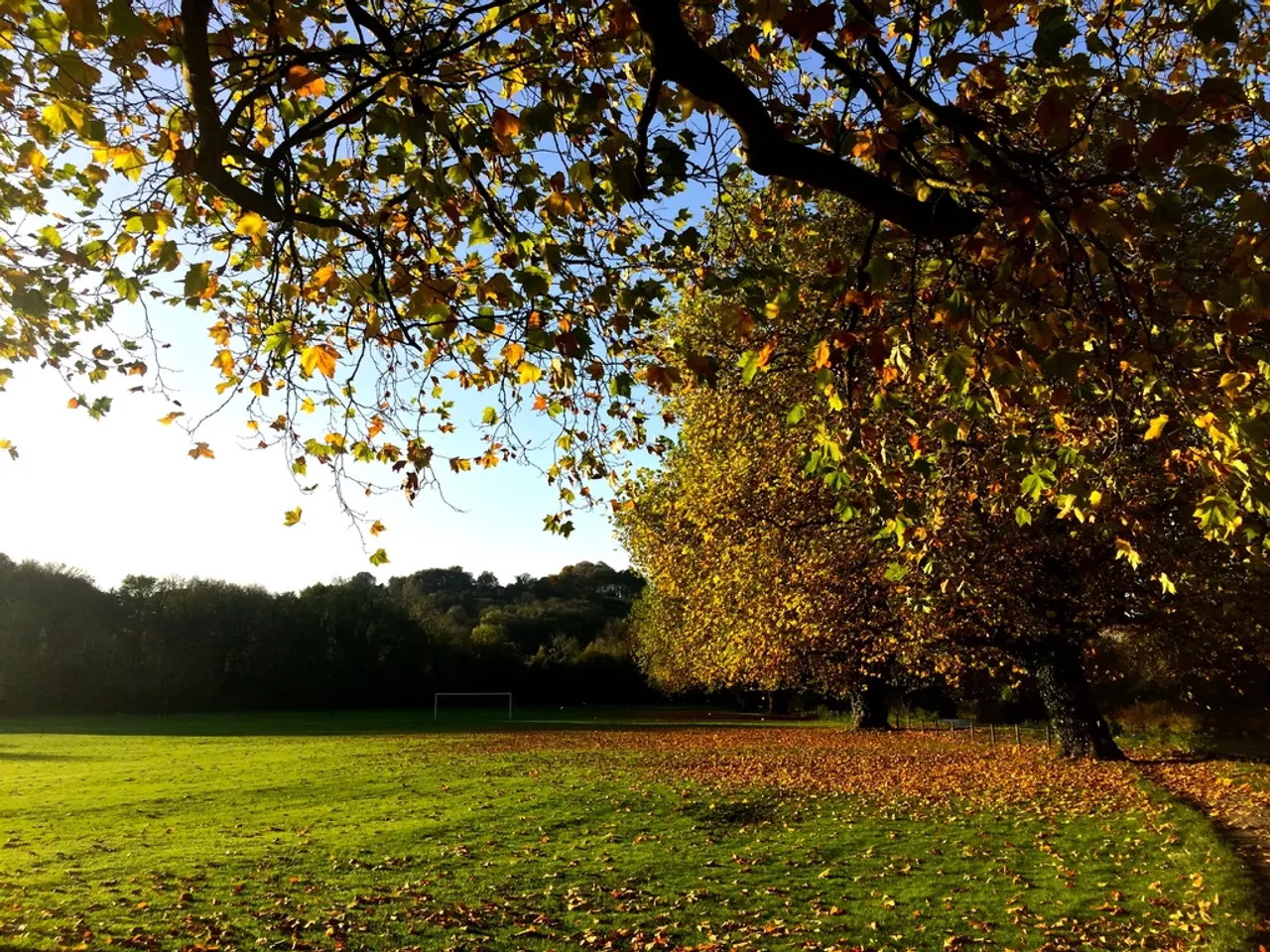Animals Significantly Contribute to Forest Carbon Sequestration
In a groundbreaking study published in PNAS, researchers have revealed the crucial role of seed-dispersing animals in the carbon sequestration capacity of tropical forests. The findings could revolutionise our understanding of naturally regrowing forests and their impact on climate change.
The study, which combines data from thousands of separate studies and employs new tools for quantifying disparate but interconnected ecological processes, underscores the importance of understanding the planet's complex ecological processes. The loss of animals results in the loss of the ecological infrastructure that keeps tropical forests healthy and resilient.
The researchers found a link between human activities and declines in animal seed dispersal. This decline, they argue, significantly impairs a tropical forest's ability to absorb carbon. Tropical forests, Earth's largest land-based carbon sink, can absorb up to four times more carbon when they have healthy populations of seed-dispersing animals. However, when animal biodiversity decreases, seed dispersal is disrupted, which limits forest regeneration and substantially reduces carbon accumulation rates—by an average of 57% in affected areas.
The study also reveals that biodiversity loss reduces both aboveground and belowground carbon absorption in tropical forests. This is because 81% of tropical tree species depend on animals to spread their seeds, enabling forest regrowth that captures atmospheric carbon. Without effective seed dispersal, regrowing tropical forests recover more slowly and hold less carbon, weakening their capacity as carbon sinks and thus their climate mitigation potential.
The researchers created an index of seed-dispersal disruption that revealed a link between human activities and declines in animal seed dispersal. They analysed the relationship between their seed-dispersal disruption index and records of carbon accumulation in naturally regrowing tropical forests over time. The findings showed that in forests identified as potential regrowth sites, seed-dispersal declines were linked to reductions in carbon absorption each year averaging 1.8 metric tons per hectare, equal to a reduction in regrowth of 57 percent.
The researchers note that natural regrowth projects will be more impactful in landscapes where seed-dispersing animals have been less disrupted, including areas that were recently deforested, are near high-integrity forests, or have higher tree cover. They encourage interventions that protect or improve habitats of seed-dispersing animals, such as wildlife corridors and restrictions on wildlife trade.
The research was supported by the MIT Climate and Sustainability Consortium, the Government of Portugal, and the Bezos Earth Fund. The researchers believe the findings open up new avenues of inquiry for the field and suggest that addressing biodiversity loss and climate change as connected parts of a delicate ecosystem may be crucial for effective climate change mitigation.
Restoring the ecological roles of seed dispersers is possible by reintroducing seed-dispersing species where they've been lost or planting certain trees that attract those animals. The researchers plan to explore how much of the decline in the ability of tropical forests to sequester carbon is due to an increase in extreme droughts or fires versus declines in animal seed dispersal.
References: [1] Fricke, B. et al. (2021). Seed-dispersal decline threatens tropical forest carbon sequestration. PNAS, 118(51), e2117454118. [2] Fricke, B. et al. (2021). Seed-dispersal decline threatens tropical forest carbon sequestration. PNAS, 118(51), e2117454118. [3] Fricke, B. et al. (2021). Seed-dispersal decline threatens tropical forest carbon sequestration. PNAS, 118(51), e2117454118. [4] Fricke, B. et al. (2021). Seed-dispersal decline threatens tropical forest carbon sequestration. PNAS, 118(51), e2117454118.
- The study published in PNAS has highlighted the significant role that seed-dispersing animals play in the carbon sequestration capacity of tropical forests, potentially revolutionizing our understanding of these ecosystems and their influence on climate change.
- The research reveals that human activities are linked to declines in animal seed dispersal, which significantly impairs a tropical forest's ability to absorb carbon.
- The study suggests that when animal biodiversity decreases, seed dispersal is disrupted, leading to a reduction in forest regeneration and carbon accumulation rates in affected areas by an average of 57%.
- The findings indicate that biodiversity loss also reduces both aboveground and belowground carbon absorption in tropical forests, as 81% of tropical tree species rely on animals to spread their seeds.
- The researchers' seed-dispersal disruption index showed a connection between human activities and declines in animal seed dispersal, with an annual average reduction in carbon absorption of 1.8 metric tons per hectare in forests with decreased seed dispersal.
- The researchers propose that protecting or improving habitats of seed-dispersing animals, such as through wildlife corridors and restrictions on wildlife trade, could boost the effectiveness of natural regrowth projects.
- The research findings suggest that addressing biodiversity loss and climate change as interconnected parts of a delicate ecosystem may be crucial for effective climate change mitigation, and the researchers plan to explore the influence of factors like extreme droughts or fires on the decline in carbon sequestration.




